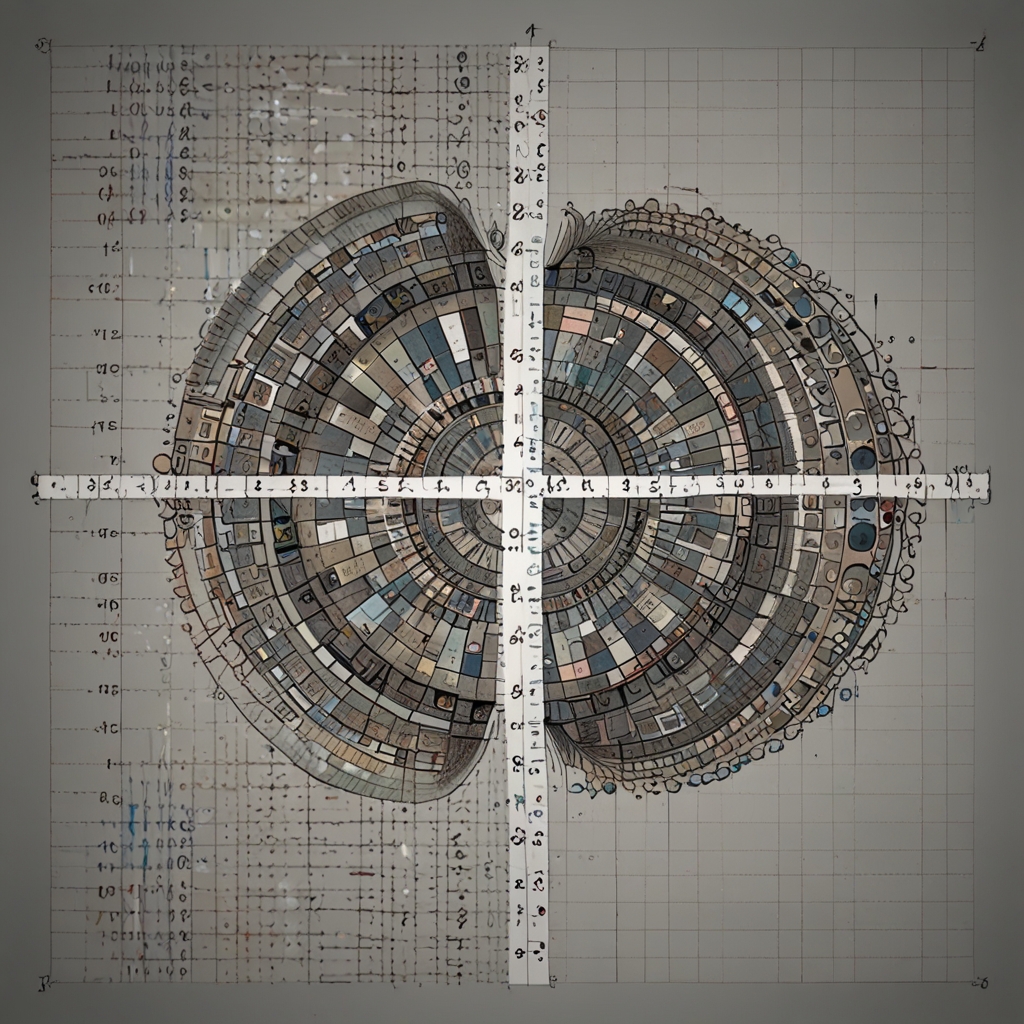Rounding & Significant Figures for IB Mathematics AI SL
In IB Mathematics Applications and Interpretations Standard Level (AI SL), understanding rounding and significant figures is essential for accurate calculations and clear presentation of results:
Rounding:
- Rounding involves adjusting a number to a specific number of decimal places or significant figures.
- It helps simplify calculations and present results with appropriate precision based on the context.
Rules for Rounding:
- Identify the Rounding Point: Determine whether you need to round to a certain number of decimal places (d.p.) or significant figures (s.f.). The question or instructions will usually specify this.
- Look at the Digit to the Right: Examine the digit immediately to the right of the rounding point.
- If the digit is less than 5 (0, 1, 2, 3, or 4), the rounding point digit stays the same (round down).
- If the digit is 5 or more (5, 6, 7, 8, or 9), the rounding point digit increases by 1 (round up).
- Treat Trailing Zeros Differently:
- If the number has trailing zeros (zeros to the right of the decimal point and no non-zero digits after them) after the rounding point, they are not considered when rounding. Consider these zeros only if they are significant.
- However, if there are no decimal places and only trailing zeros, all the zeros are considered significant (explained in Significant Figures).
Examples:
- Round 3.14159 to 2 d.p.: We look at the digit (5) to the right of the second decimal place. Since it’s 5 or more, we round up the second decimal place (1) to 2, resulting in 3.14. Trailing zeros (59) are not considered as they are not after the rounding point.
- Round 0.00482 to 3 s.f.: Identify the first three non-zero digits (0.004). The next digit (8) is ignored as trailing zeros are not significant. Since we’re rounding to s.f., trailing zeros don’t matter. The answer is 0.004.
- Round 12300 to 2 s.f.: Here, the first two non-zero digits are 12. The trailing zeros (300) are significant because there’s no decimal point. We round up the second significant digit (2) to 3, resulting in 1.2 x 10^4 (scientific notation might be required depending on the question).
Significant Figures:
- Significant figures (s.f.) represent the digits in a number that are considered reliable and contribute to its measurement.
- They include:
- All non-zero digits.
- Zeros between non-zero digits (e.g., 2.03 has 3 s.f.).
- Leading zeros only if the number is written in decimal form (e.g., 0.0027 has 2 s.f.).
Counting Significant Figures:
- Ignore Leading Zeros (unless in decimal form): Leading zeros before the first non-zero digit are not significant (e.g., 000123 has 3 s.f.).
- Count All Non-Zero Digits: All non-zero digits are significant (e.g., 23.45 has 4 s.f.).
- Trailing Zeros with a Decimal: Trailing zeros after a decimal point and with a leading non-zero digit are significant (e.g., 1.002 has 4 s.f.).
- Trailing Zeros Without a Decimal: Trailing zeros with no decimal point or a leading zero are not significant (e.g., 12300 has 4 s.f., 0.0002 has 1 s.f.).
Examples:
- How many s.f. does 5.20 x 10^3 have? We count the significant digits in 5.20 (3 s.f.) and ignore the exponent in scientific notation. The answer is 3 s.f.
- How many s.f. does 0.0007800? We have leading zeros (not significant), followed by 78 (3 s.f.), and trailing zeros (not significant). The answer is 3 s.f.
Rounding and Significant Figures in Calculations:
- When performing calculations with numbers having different s.f., the final answer should have the same number of s.f. as






